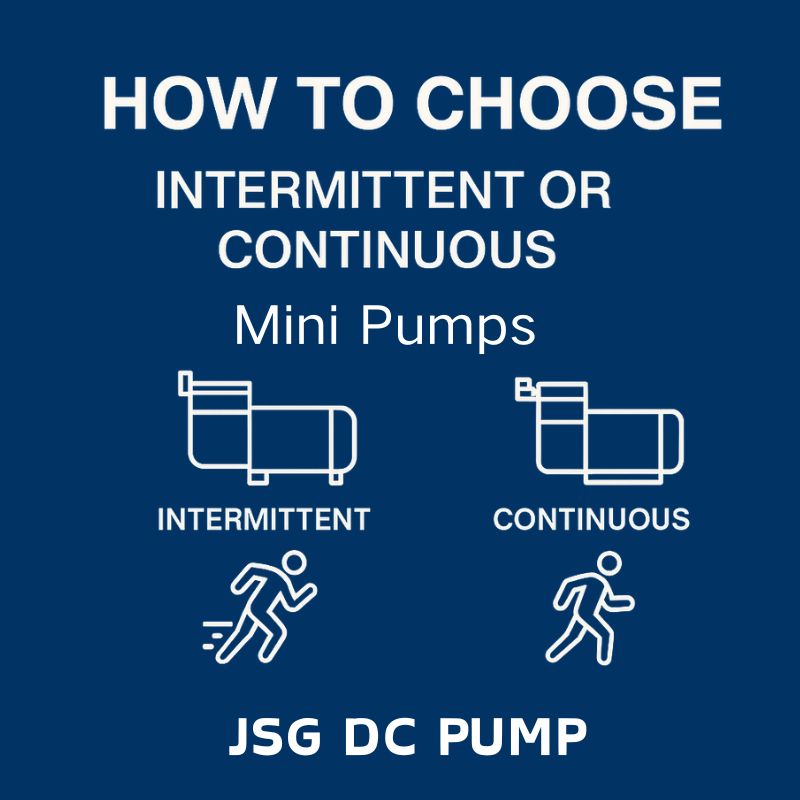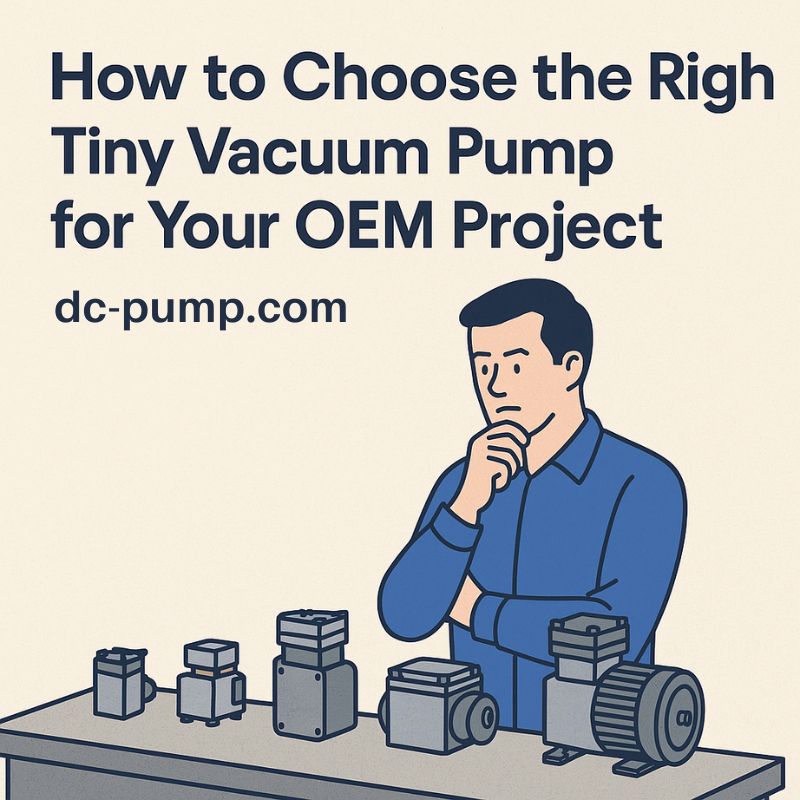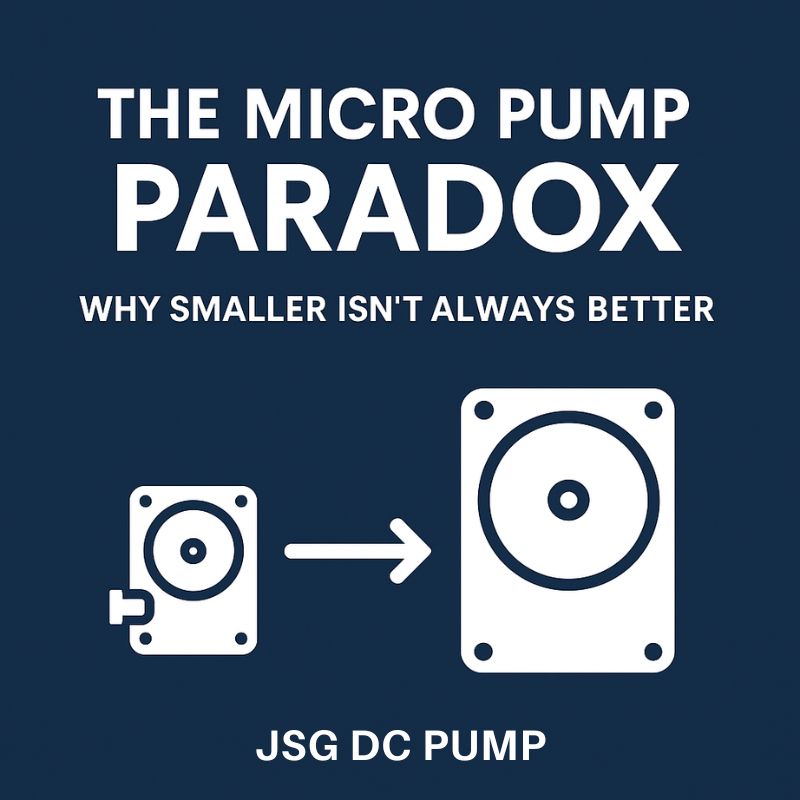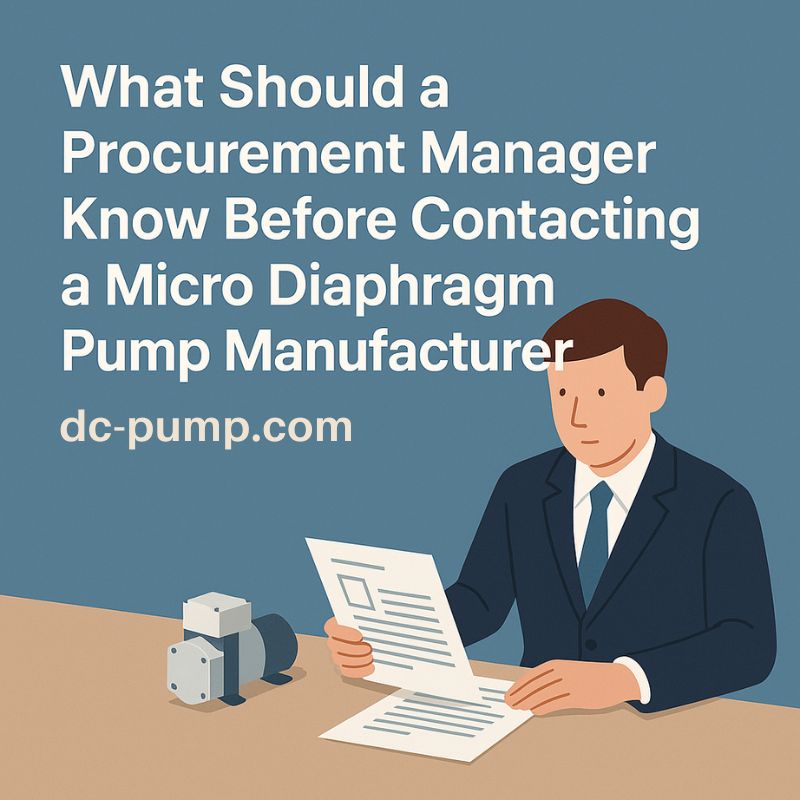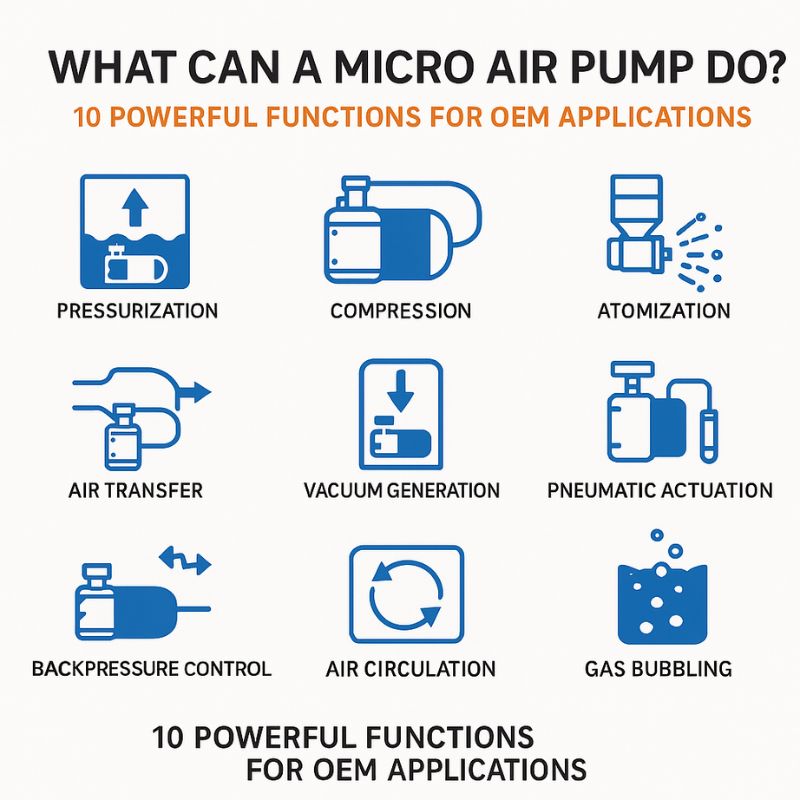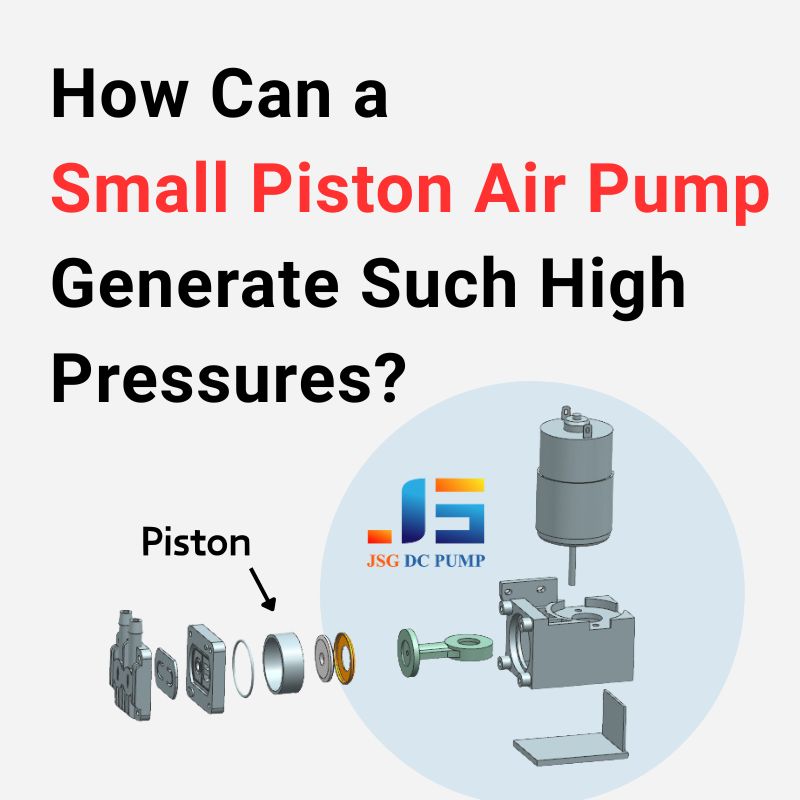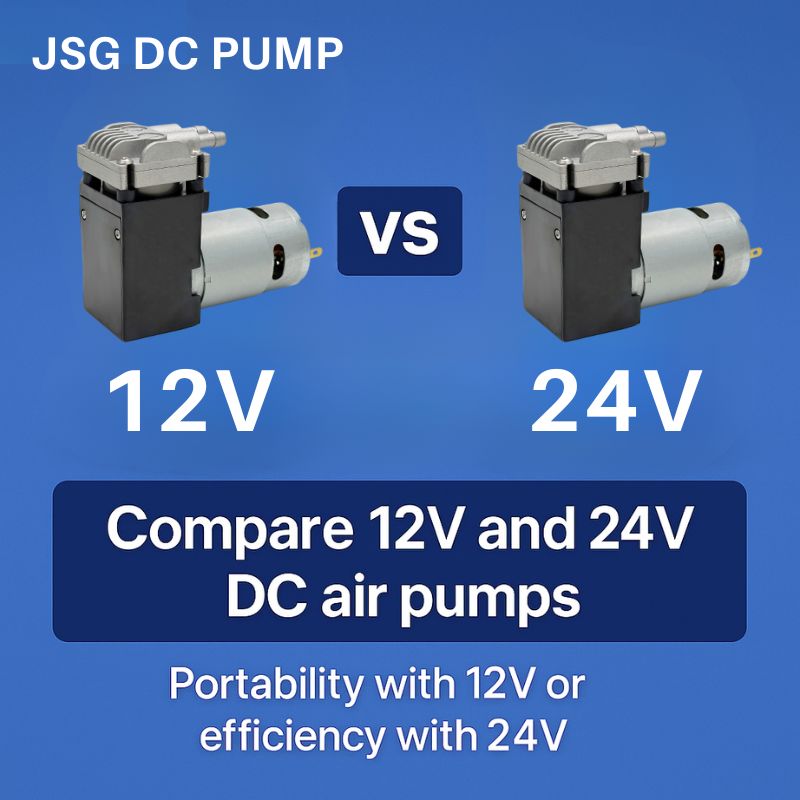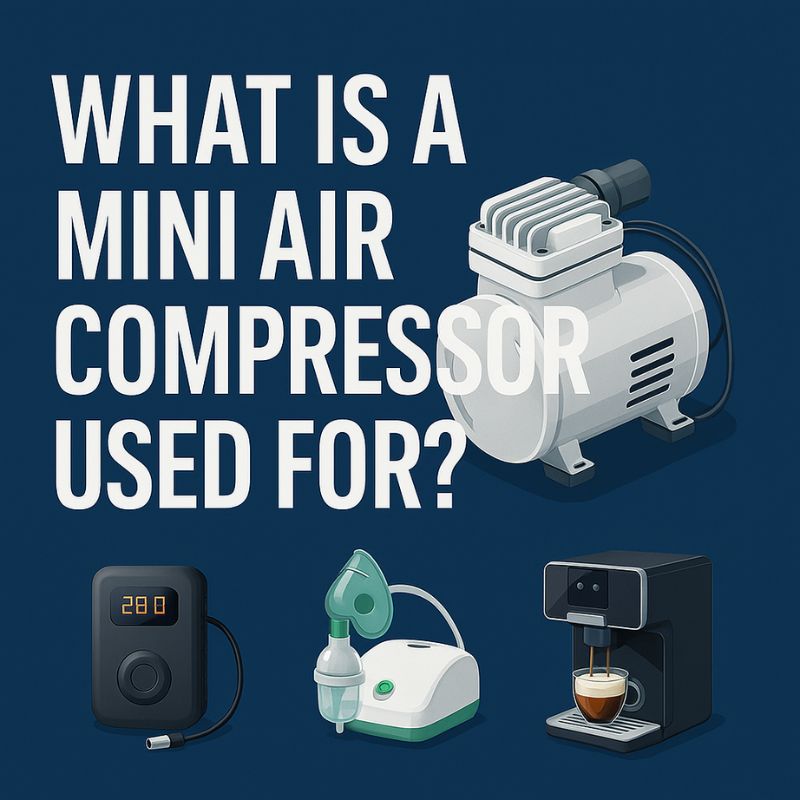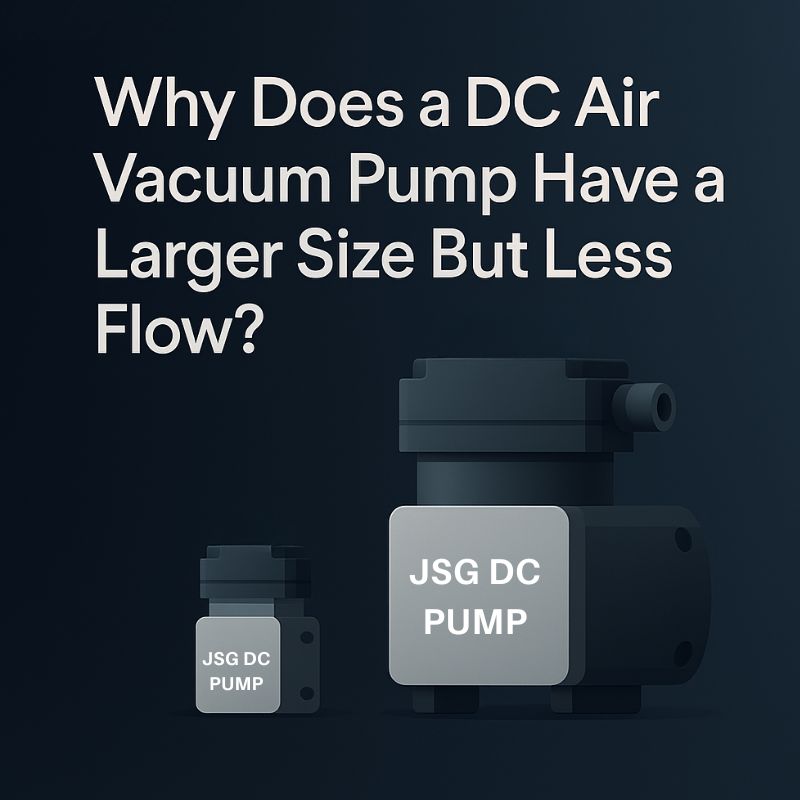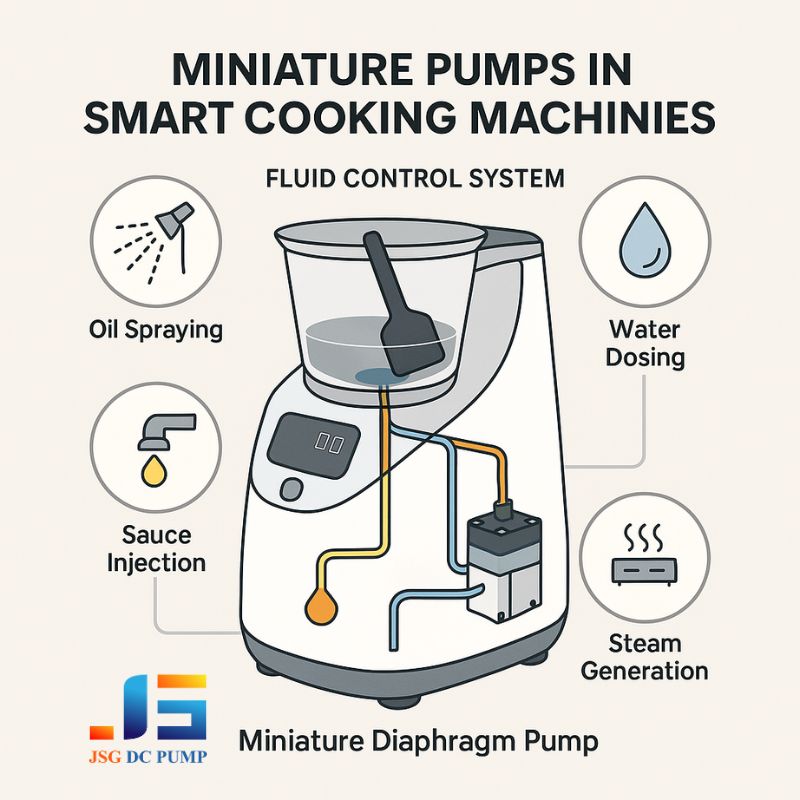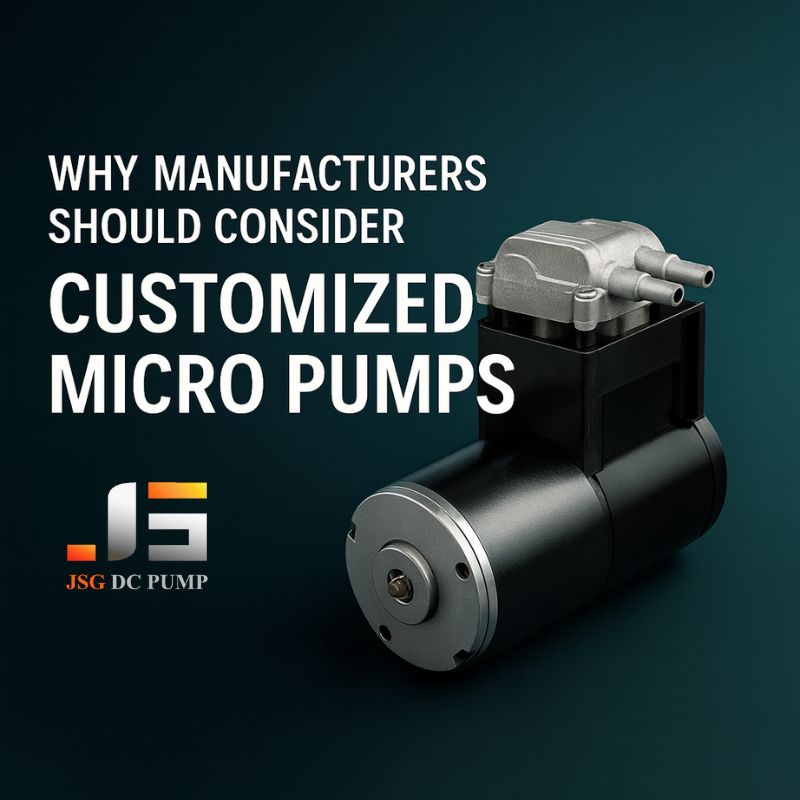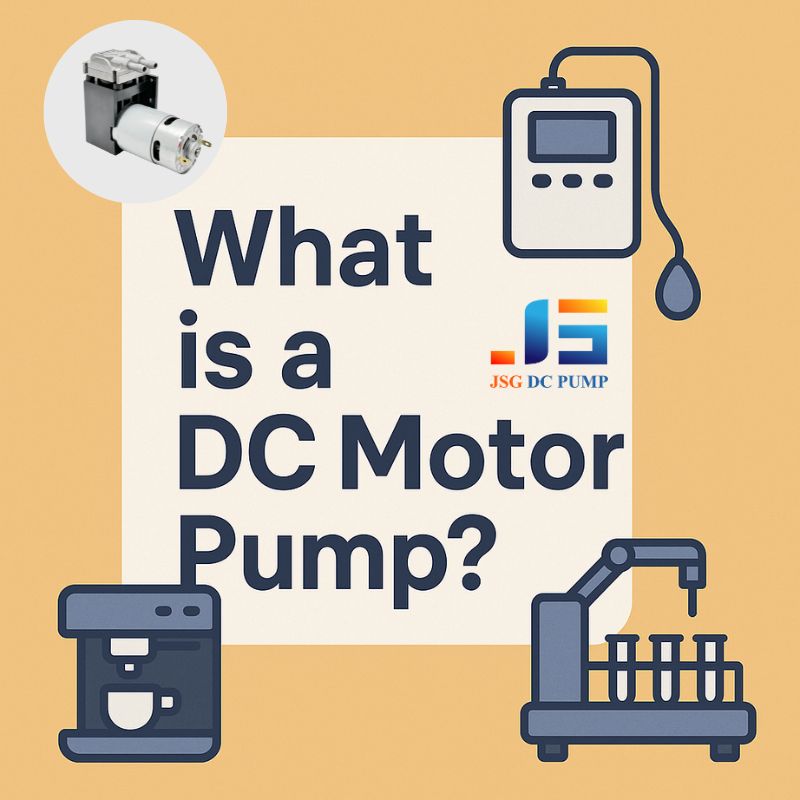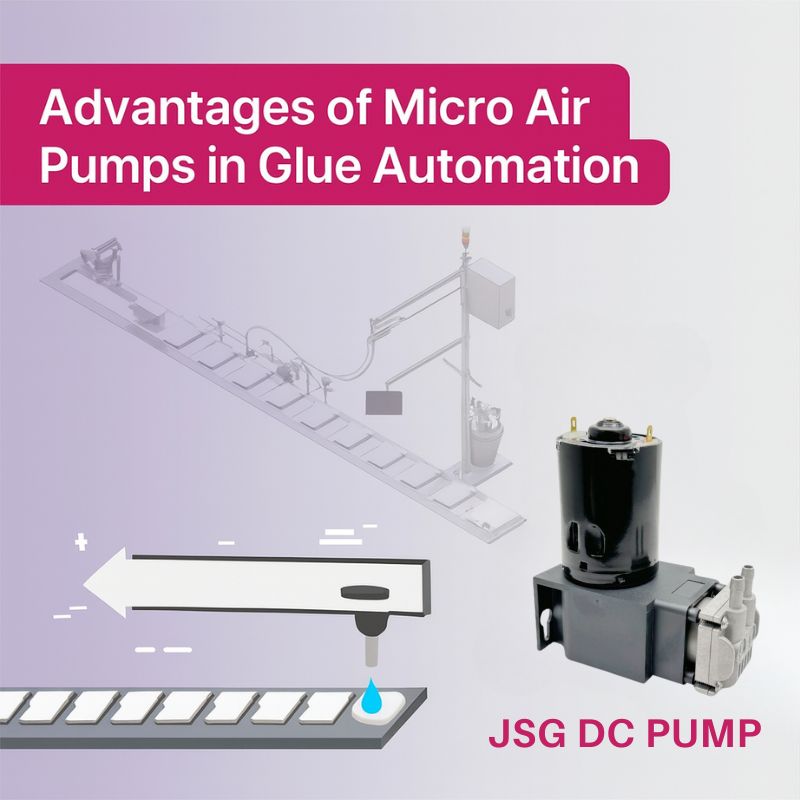Choosing the wrong pump duty cycle is a costly mistake. Your mini pump could overheat and fail, or you might overspend on a pump you don’t need, impacting your project’s success.
Choose an intermittent pump for short, infrequent tasks to save on initial cost. Choose a continuous duty pump for applications that must run for long periods or 24/7, where reliability is the top priority.
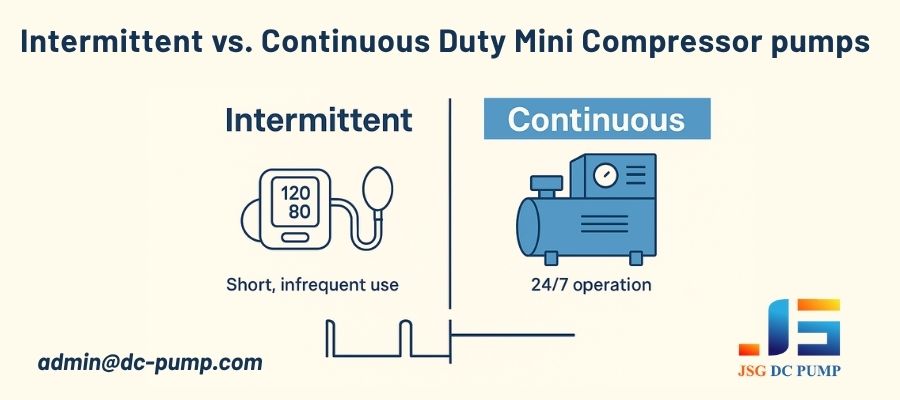
As an engineer at JSG DC PUMP, this is one of the first questions I ask a client. The answer dictates everything from motor selection to thermal management and ultimately determines the total cost and reliability of their device. Getting this right is the foundation of a successful design. Let’s break down what these terms actually mean so you can make the right choice every time.
What do “intermittent” and “continuous” really mean?
You see “duty cycle” on datasheets, but the terms can be vague. This ambiguity makes it hard to compare pumps confidently, which can lead you to select the wrong one for your needs.
“Intermittent duty” means a pump is designed to run for a short period and then rest to cool down. “Continuous duty” means a pump is built to run 24/7 without stopping or overheating.
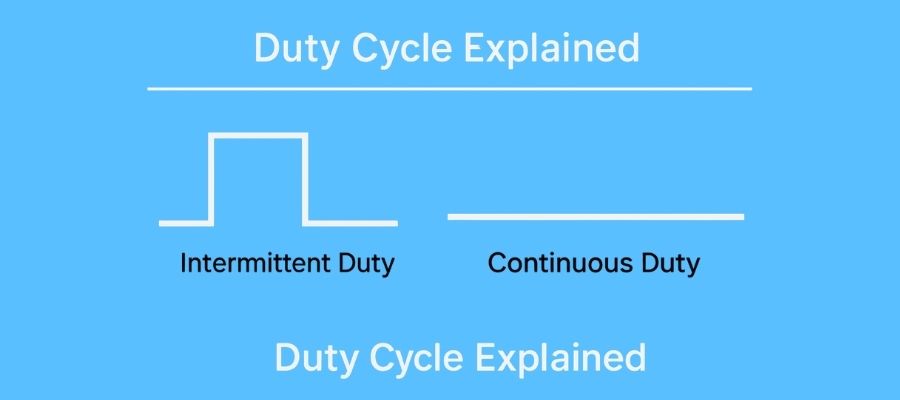
Think of it like a sprinter versus a marathon runner. An intermittent pump is a sprinter: it gives a powerful burst of performance for a short time but needs a long recovery. A continuous pump is a marathon runner: it’s built to perform consistently over a very long duration without fail. The key technical specification here is the duty cycle, which is usually expressed as a percentage. It’s calculated like this:
Duty Cycle % = (Time ON) / (Time ON + Time OFF) x 100
For example, a pump that runs for 1 minute and needs to rest for 9 minutes has a 10% duty cycle. A continuous pump has a 100% duty cycle. Always check the datasheet for the specific ON/OFF times, as a 50% duty cycle could mean 30 minutes on, 30 minutes off, which is very different from 1 minute on, 1 minute off.
| Feature | Intermittent Duty | Continuous Duty |
|---|---|---|
| Analogy | Sprinter | Marathon Runner |
| Operation | Short bursts with rest periods | Can run non-stop |
| Duty Cycle | Typically < 50% | 100% |
| Primary Goal | Low cost for brief tasks | High reliability for long tasks |
When should you choose an intermittent duty pump?
You might be tempted by the lower price of an intermittent pump. But if you use it in the wrong application, it will quickly overheat and fail, causing costly warranty claims and damaging your brand’s reputation.
You should choose an intermittent pump when your device only needs to operate for short, infrequent periods, and keeping the initial component cost low is a top priority.
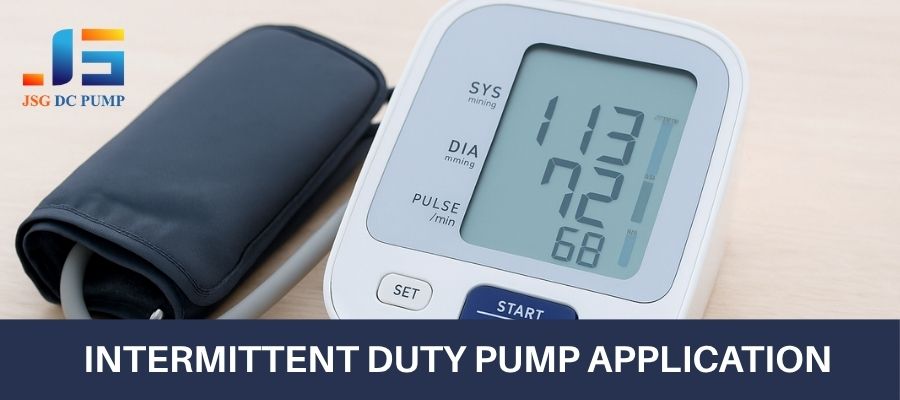
An intermittent pump is the perfect choice for many consumer and portable devices. I remember working with a client on a new handheld blood pressure monitor. The pump only needed to run for about 20 seconds to inflate the cuff, and then it would be off for several minutes or even hours. Using an expensive continuous duty pump would have been a complete waste of money and space. The intermittent model was smaller, lighter, and much more cost-effective, making it the ideal solution. Its design assumes it will have plenty of time to cool down between uses.
Common applications include:
- Portable blood pressure monitors
- Automatic soap dispensers
- Scent diffusers that puff periodically
- Small, handheld vacuum tools
When is a continuous duty mini pump the right choice?
Your device needs to be ultra-reliable and run for hours on end. An intermittent pump will fail in this scenario, but a continuous pump seems expensive. You need to justify the higher cost.
A continuous duty pump is the only choice for applications where reliability is non-negotiable and the device must operate for many hours, or even 24/7, without stopping.
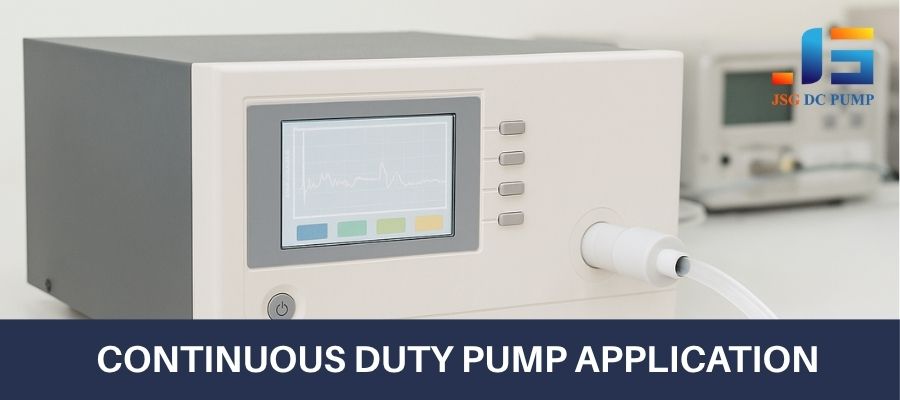
For medical, industrial, or laboratory equipment, uptime is everything. The higher upfront cost of a continuous duty pump is an investment in reliability. These pumps are engineered specifically to manage the heat they generate during non-stop operation. A great example is an environmental gas analyzer that has to run 24/7 out in the field. The pump inside must be trusted to run for months or years without failure. In this case, the cost of a single service call to replace a failed pump would be far greater than the initial cost difference between an intermittent and a continuous model. This is where the lower total cost of ownership for a continuous pump becomes clear.
Common applications include:
- Medical ventilators and oxygen concentrators
- Laboratory vacuum ovens and filtration systems
- Wastewater aeration systems
- Ozone generators
What makes a mini pump continuous instead of intermittent?
From the outside, two pumps might look almost identical. This makes it hard to understand why one costs more and how you can trust that it will actually deliver the promised continuous performance.
A continuous duty pump is built with superior components designed to manage heat and wear. This includes a brushless motor, higher-grade bearings, and enhanced thermal management like heat sinks or fans.
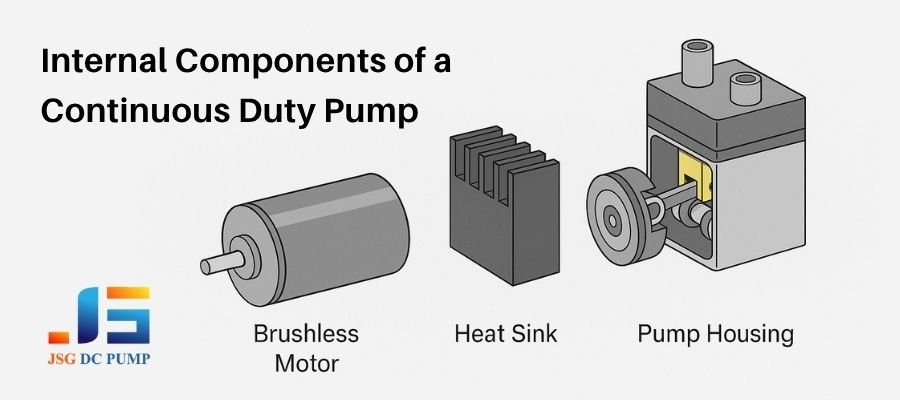
Heat is the number one enemy of a mini pumps. The differences between an intermittent and continuous pump are all about how they are engineered to defeat heat and mechanical wear over time.
- Motor Type: This is the biggest difference. Intermittent pumps often use lower-cost brushed DC motors. The carbon brushes physically wear down, limiting the motor’s life to a few thousand hours. Continuous pumps almost always use brushless DC (BLDC) motors. With no brushes to wear out, their lifespan is determined by the bearings and can easily exceed 10,000 or 20,000 hours.
- Thermal Management: Continuous pumps need to get rid of heat. They are designed with larger metal surfaces, built-in heat sinks, or even small cooling fans to dissipate the thermal energy generated by the motor and compression.
- Component Quality: All the parts, from the diaphragm material to the connecting rod bearings, are specified for higher endurance and temperature resistance in a continuous duty pump.
How does this choice affect your product’s design?
You think you’ve made your choice, but the decision impacts more than just the mini pump itself. You must now design the rest of your product around it, and the wrong choice complicates everything.
The choice of duty cycle directly impacts your product’s final cost, physical size, power supply design, and the control software or firmware required to operate it.
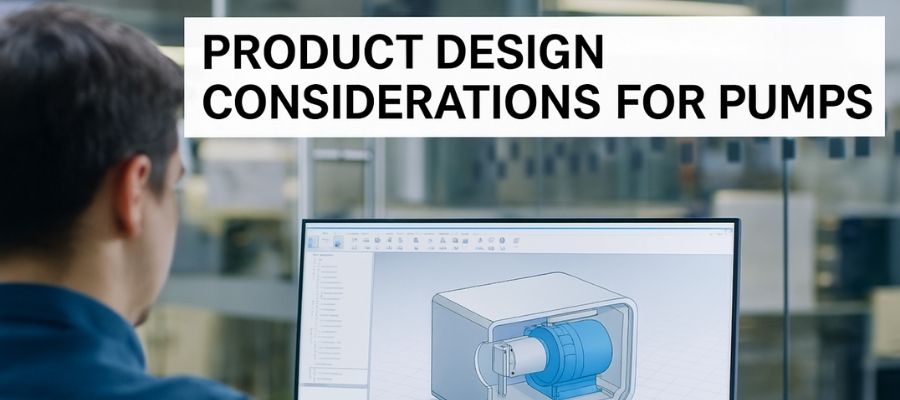
Choosing the pump is just the first step. The ripple effects on your overall product design are significant.
- Cost: This is the most obvious. A continuous duty pump costs more upfront, which impacts your Bill of Materials (BOM).
- Size & Weight: A continuous mini pump may be slightly larger or heavier than an intermittent one with the same performance, due to the larger brushless motor and any necessary heat sinks. You have to allocate space for it.
- Power Supply: A brushless motor in a continuous pump may require a more stable power source or a dedicated motor driver circuit, which can add complexity compared to a simple brushed motor.
- Control Logic: This is a critical point. If you choose an intermittent pump, your product’s control software must enforce the duty cycle. You must program it to turn the pump off to prevent it from burning out. A continuous pump simplifies the software, as you can just turn it on and let it run.
How can you make the final decision?
You have all the information, but it can still feel overwhelming to make the final call. You need a simple way to weigh the factors and select the right pump with confidence.
Make your final decision by answering a clear checklist of questions about your product’s real-world use case. Prioritize either low initial cost or long-term reliability.
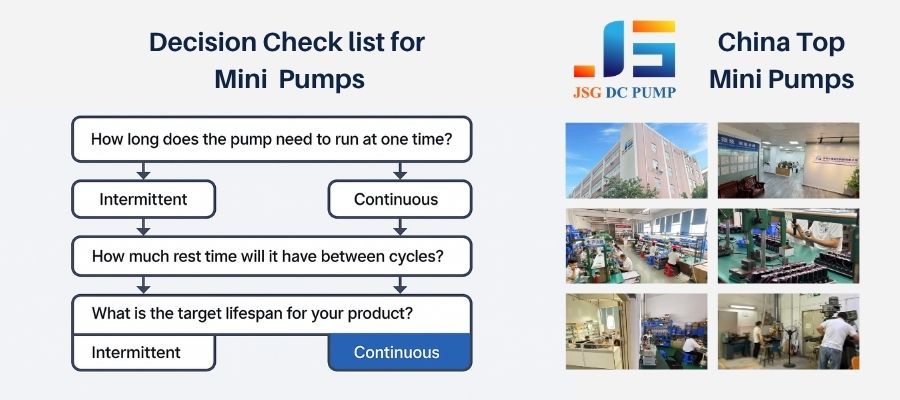
I walk my clients through this simple checklist to ensure they get the right pump. Ask yourself these questions about your product:
- How long does the pump need to run at one time?
- Seconds or a few minutes -> Intermittent is likely okay.
- Many minutes or hours -> You need a Continuous duty pump.
- How much rest time will it have between cycles?
- Long rest periods -> Intermittent is a good fit.
- Little to no rest time -> You need a Continuous duty pump.
- What is the target lifespan for your product?
- 1-2 years of infrequent use -> Intermittent can work.
- 5+ years of daily or constant use -> You need a Continuous duty pump.
- How critical is the pump’s function?
- If it fails, it’s an inconvenience (e.g., soap dispenser) -> Intermittent.
- If it fails, it’s a critical safety issue (e.g., medical ventilator) -> Continuous.
By answering these questions honestly, the choice usually becomes very clear.
Conclusion
Choosing between intermittent and continuous duty is about aligning the pump’s design with your product’s real-world operating conditions. Selecting the right duty cycle not only improves reliability but also optimizes cost and performance over the product’s lifecycle.
For expert guidance in choosing the perfect mini pump for your application, contact the engineering team at JSG DC PUMP today. We specialize in helping OEMs and designers select and customize high-performance micro pumps for industrial, medical, and smart appliance applications.
📩 Email: admin@dc-pump.com
🌐 Website: www.dc-pump.com
JSG DC PUMP – Your trusted partner for precision micro pump solutions.


